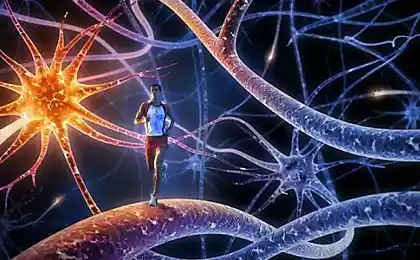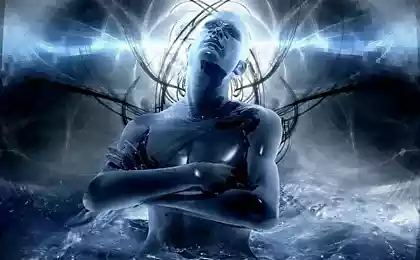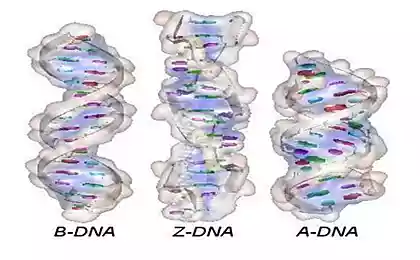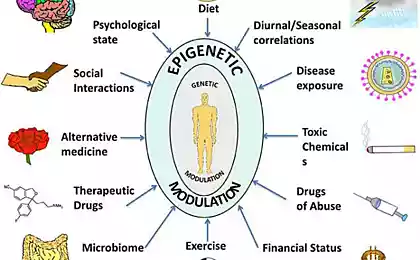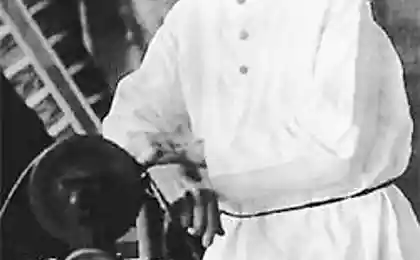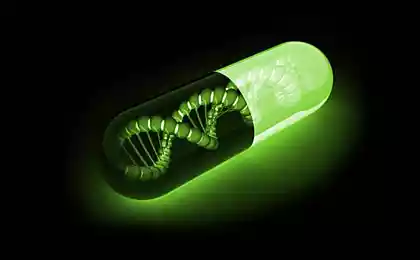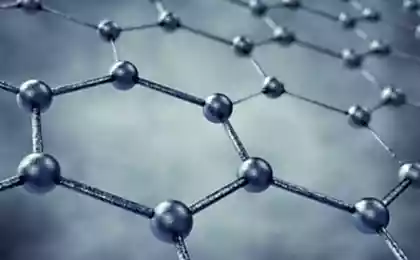467
After the extreme space flight, DNA able to transfer genetic information

As it turned out, even after surviving a flight into space and re-entry into the atmosphere of our planet, DNA able to transfer genetic information.
The opening belongs to researchers from the University of Zurich participated in the experiment conducted with the rocket TEXUS-49.
"The double stranded DNA molecule together with a valuable cargo was on the outer shell of a rocket that went into space and returned back. Surprise was that plasmid DNA molecules after landing, remained on the spot where it was attached to. But this "flowers" in comparison with the fact that they retained the ability to transfer genetic information to bacterial and connective cells," — says Professor Ulrich Oliver.
The idea of this experiment called Dare came up spontaneously scientists when they conducted research in the framework of the project Texus-49. Its essence was to study the role of gravity in the regulation of gene expression in human cells. The researchers decided to use an external missile shell to study the stability of biosignature, i.e. molecules able to prove that extraterrestrial life existed in the past and in the present.
Two scientists who conducted the study at the European rocket station in Kiruna, decided to launch another small mission.
The result invented additional experiment has surprised scientists. It turns out that DNA can survive in incredible conditions, and this means that on our planet they could get from space, for example, meteorites or dust. The Earth every day falls to a hundred tons of similar material. Unexpected stability of DNA must be taken into account in the interpretation of data concerning the search for extraterrestrial life.



